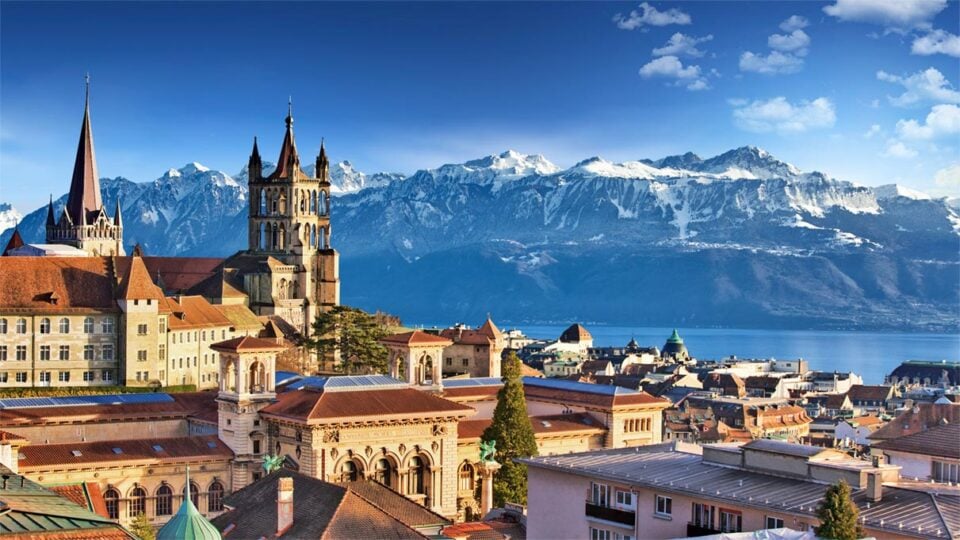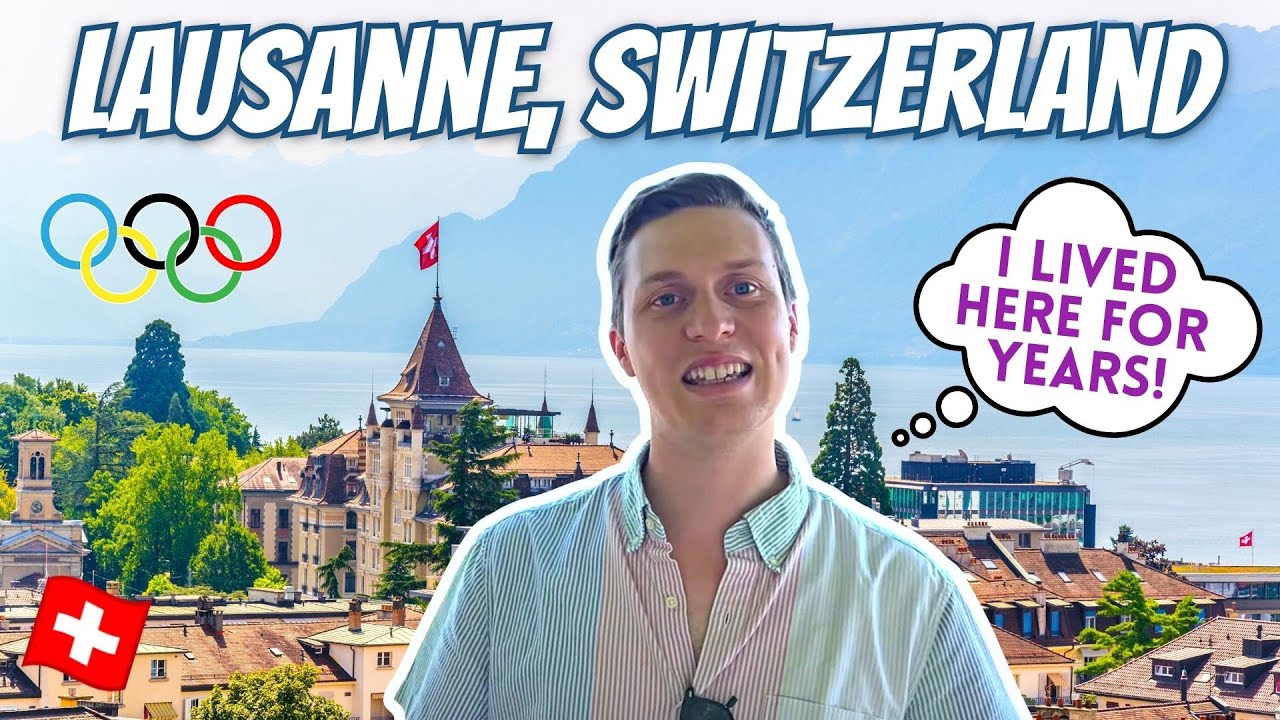Lausanne (Switzerland), the fourth largest city in the country and the administrative center of the canton of Vaud, is located 66 km from Geneva.
As of 2020, there were 132,626 people living in Lausanne, with 40% being immigrants. In terms of language, 79 % of Lausanne residents are French-speaking, and 4% each are German-speaking and Italian-speaking. The city with a large international community is multicultural and is home to people from all over the world.
Lausanne is home to the Olympic Games headquarters and Museum, making it the world’s Olympic capital. The hilly town is close to nature, including picturesque vineyards, and is easy to move around with excellent transport links.
Lausanne’s old town is dominated by a medieval cathedral. The city itself is home to respected universities, the Federal Tribunal (Switzerland’s highest court), the International Olympic Committee (IOC), and multinational corporations.
The artistic district of Flon, the Old Town and Uschi deserve attention. The area is also home to many museums, art galleries, and guided day trips by local residents. Places worth visiting include Nyon, Morges, Vevey and Montreux, Chillon Castle and the Charlie Chaplin Monument.
Lausanne’s main attractions
Lausanne, located on the northern shore of Lake Geneva, is admired not only for its picturesque Alpine nature, but also for its numerous attractions, and for a wide variety of them. So, what’s interesting to see in Lausanne?
Place de la Palud in the historic center of the city
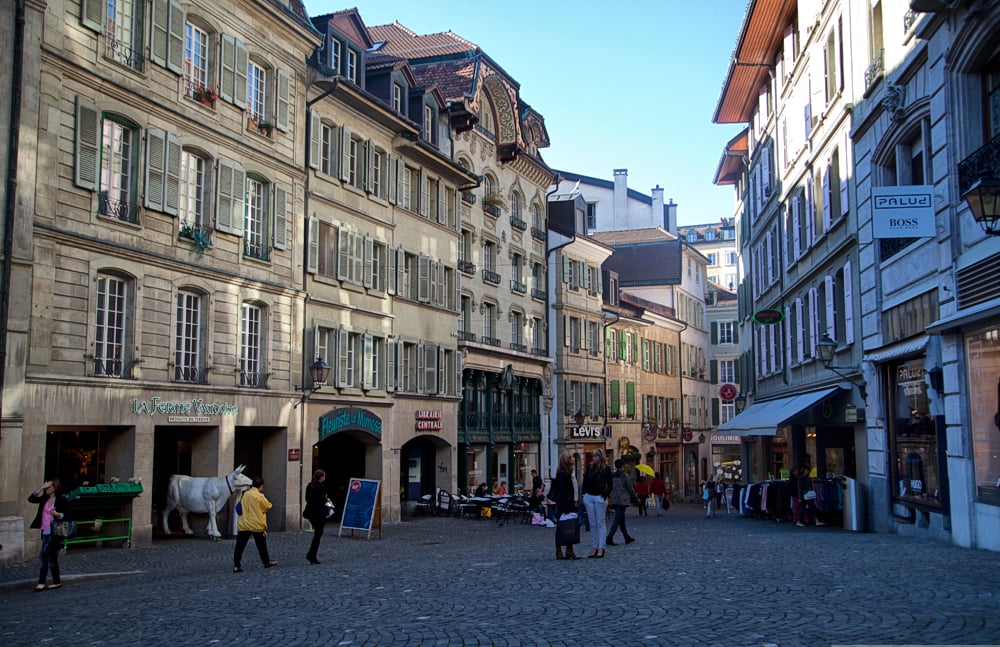
Place Palu, located in the center of Lausanne, is quite rightly considered the most picturesque and colorful historical landmark in the city. This place has an endless number of beautiful houses with original facades, a wonderful fountain with a statue of the goddess of justice in the center, many excellent restaurants and cafes, always a large crowd of people and a lot of street musicians.
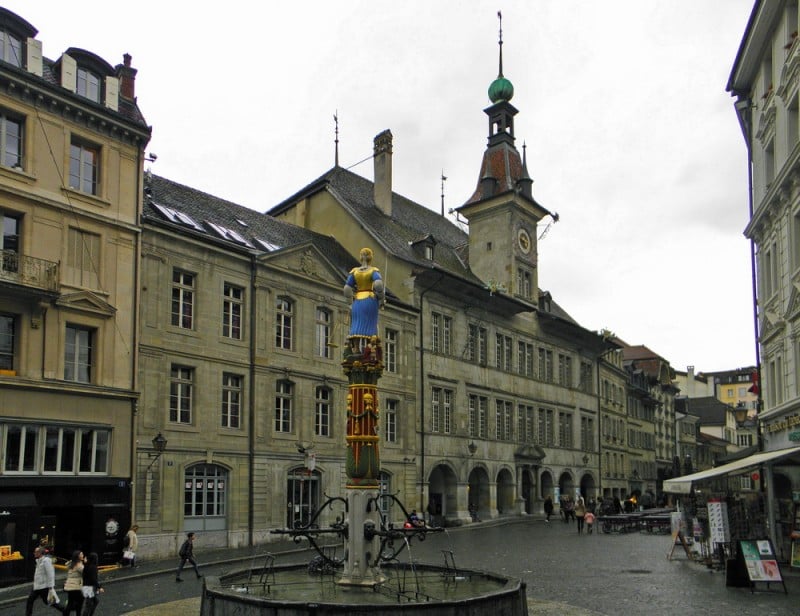
The Town Hall of Lausanne, a landmark for Lausanne, is located on the Place de la Palu. The entire first floor of the building is surrounded by an arched gallery around the perimeter, and at the entrance there are two statues symbolizing justice. These statues – Justifying and Punishing justice-are painted with such bright colors that you can’t help but see them. Now the Town Hall is occupied by the Palace of Justice and the City Council.
Escaliers du Marche Staircase
From Place de la Palud rises a unique, preserved from ancient times, covered staircase with wooden steps – this is Escaliers du Marche, which means “Market staircase”. Through the picturesque old quarter, this staircase leads up to Rue Viret, which runs around the top of the hill.
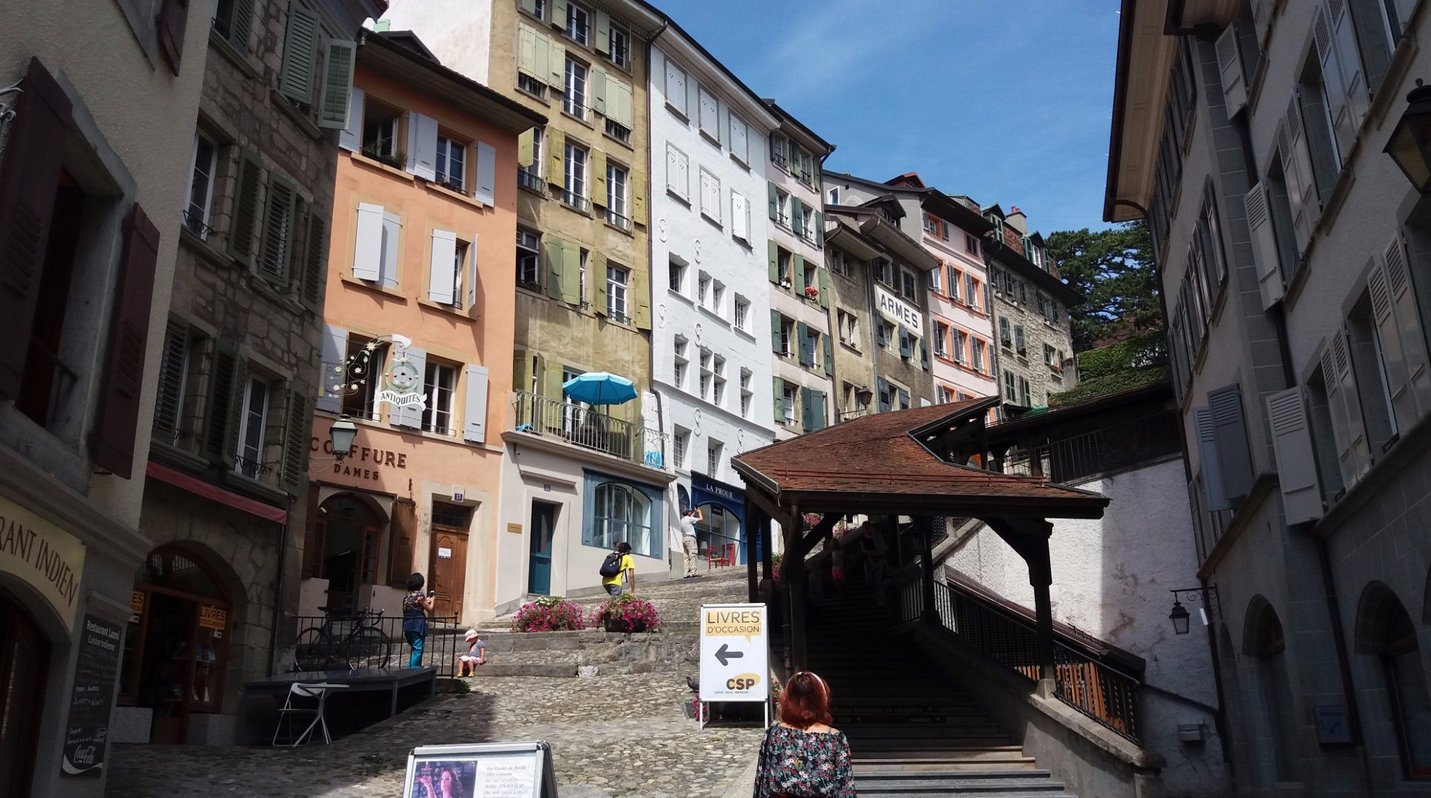
You need to go a little further, and at the very top of the hill there will be the Cathedral Square, where there is another unique landmark of Lausanne – the Notre-Dame Cathedral.
Lausanne Cathedral
In all of Switzerland, and not just in Lausanne, Lausanne’s Notre-Dame Cathedral is considered the most beautiful building in the Gothic style.
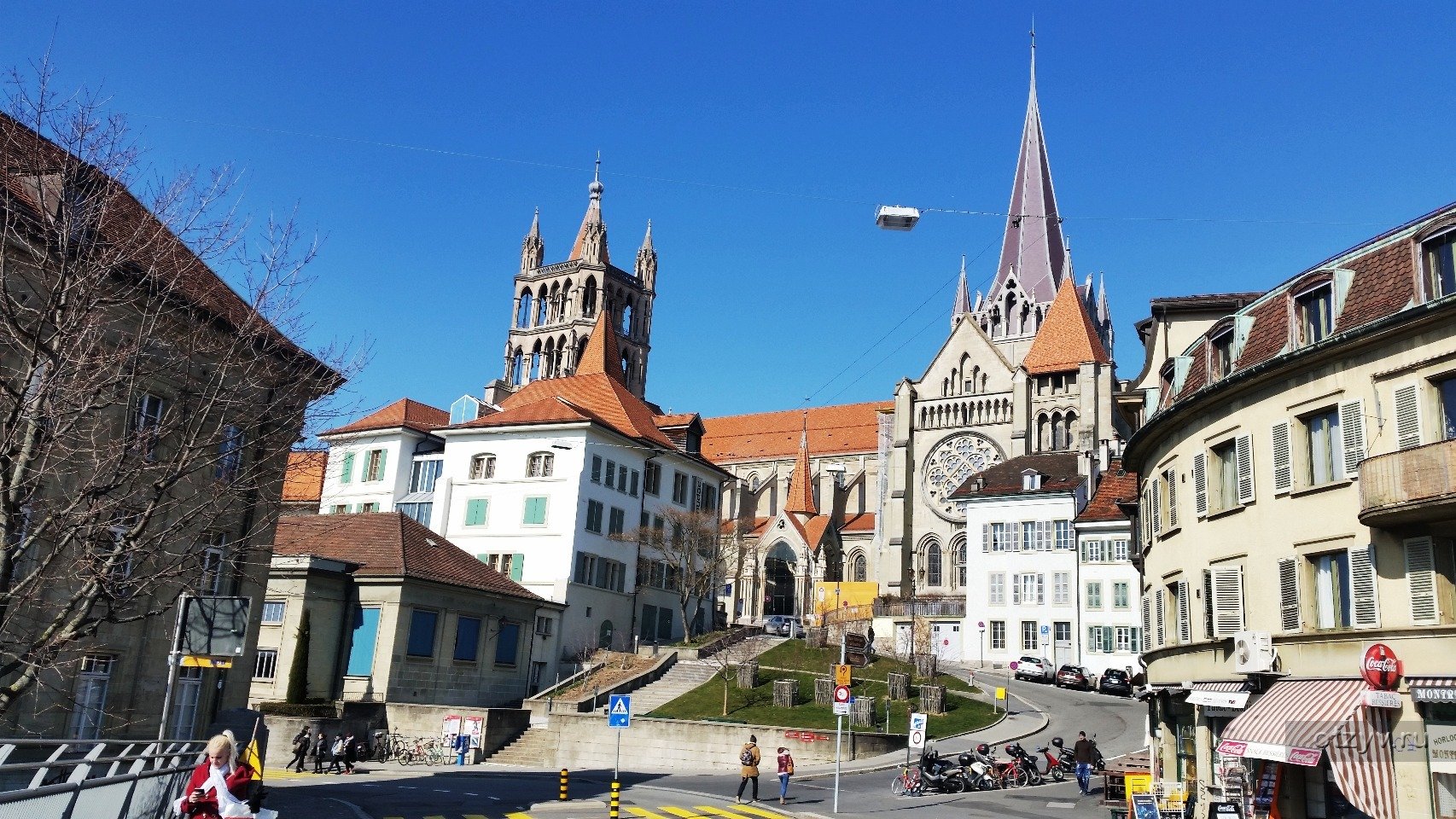
Not only does Notre Dame stand on top of a hill, it also has 2 tall towers, one of which can be climbed. The path up a steep staircase of more than 200 steps and without handrails, can not be called simple, but the result is worth it. From the observation deck, where you can stay for about 15 minutes, you can enjoy a magnificent panoramic view of the entire city and the surrounding area.
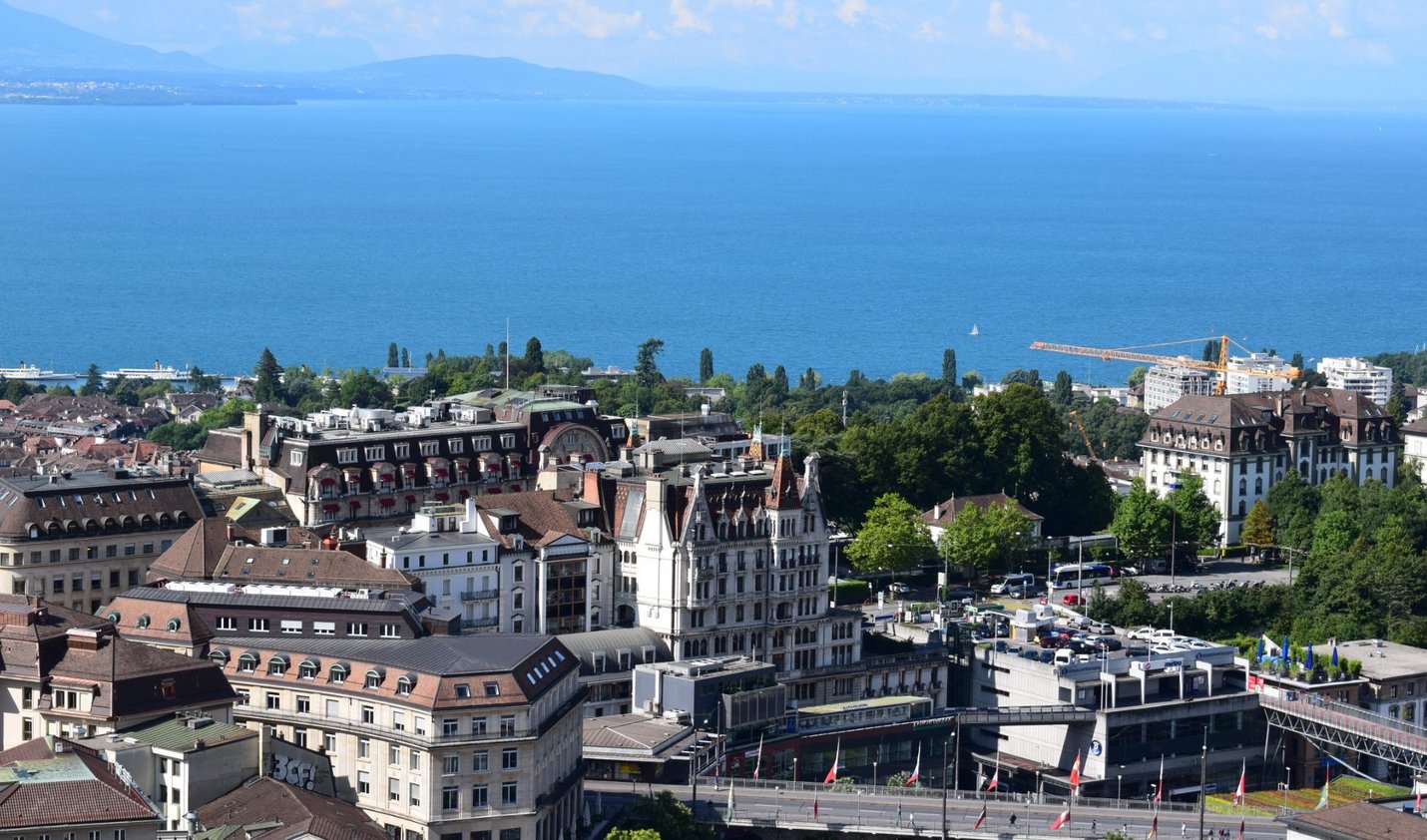
Since 1405, a night watch was conducted from the observation tower of the Lausanne Cathedral, checking if there was a fire in the city. Currently, this tradition has acquired the character of a certain ritual: every day, from 22: 00 to 02: 00, the guard on duty on the tower calls out the exact time every hour. And on the eve of the New Year holidays, on December 31, the tower organizes a performance with light, sound and smoke effects – everything looks like the tower is on fire.
Notre-Dame de Lausanne is open:
- from April to September – on weekdays from 08: 00 to 18: 30, and on Sundays from 14: 00 to 19: 00;
- from October to March – on weekdays from 7: 30 to 18: 00, and on Sundays from 14: 00 to 17: 30.
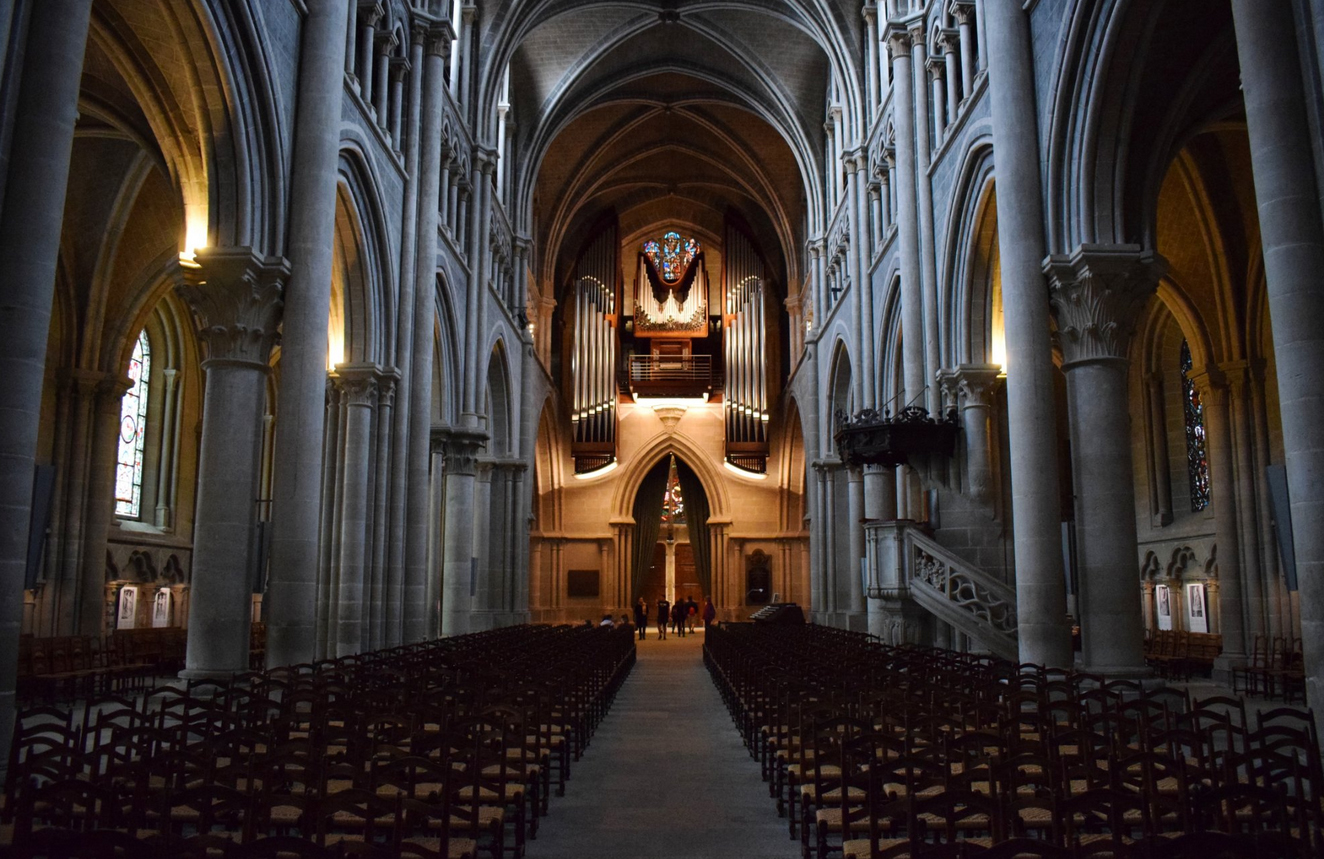
During the time when services are held, the entrance to the cathedral for tourist purposes is not welcome.
Admission is free, but you need to pay a symbolic amount to climb the tower.
Esplanade de Montbenon observation Deck
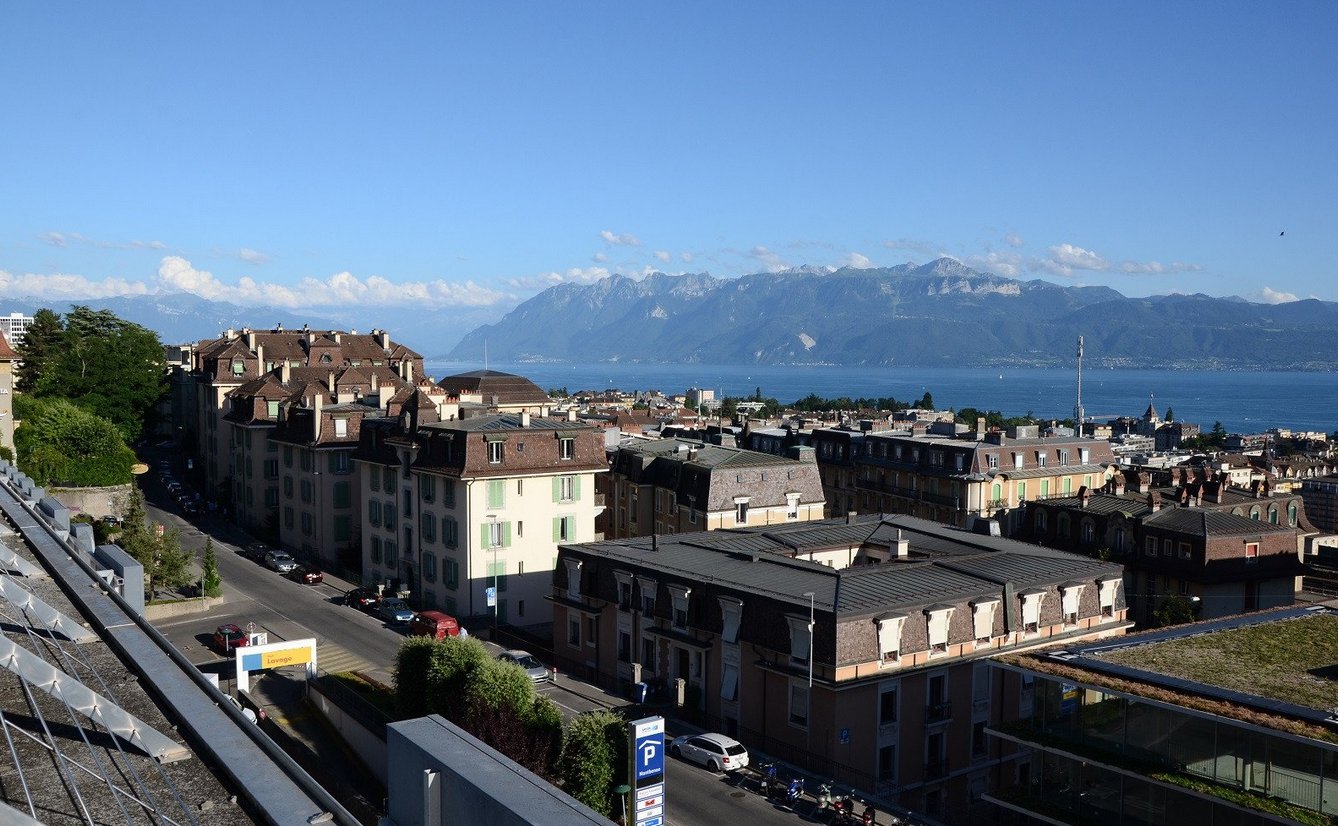
Directly opposite the Cathedral, on Allée Ernest Ansermet, there is another observation deck. There is a fairly steep ascent to this attraction, but the view of the Old Town and Lake Geneva from there pays for the effort spent. In addition, there are comfortable benches – you can sit on them and relax, admiring the picturesque scenery and taking panoramic photos of the city of Lausanne.
Ouchy Embankment
The Ouchy embankment is the most picturesque place in Lausanne. Everything is beautiful here: a lake shrouded in a bluish haze, a port, graceful yachts, screaming gulls. This embankment is not only a favorite place for citizens and tourists to relax, but also a popular historical area of Lausanne.
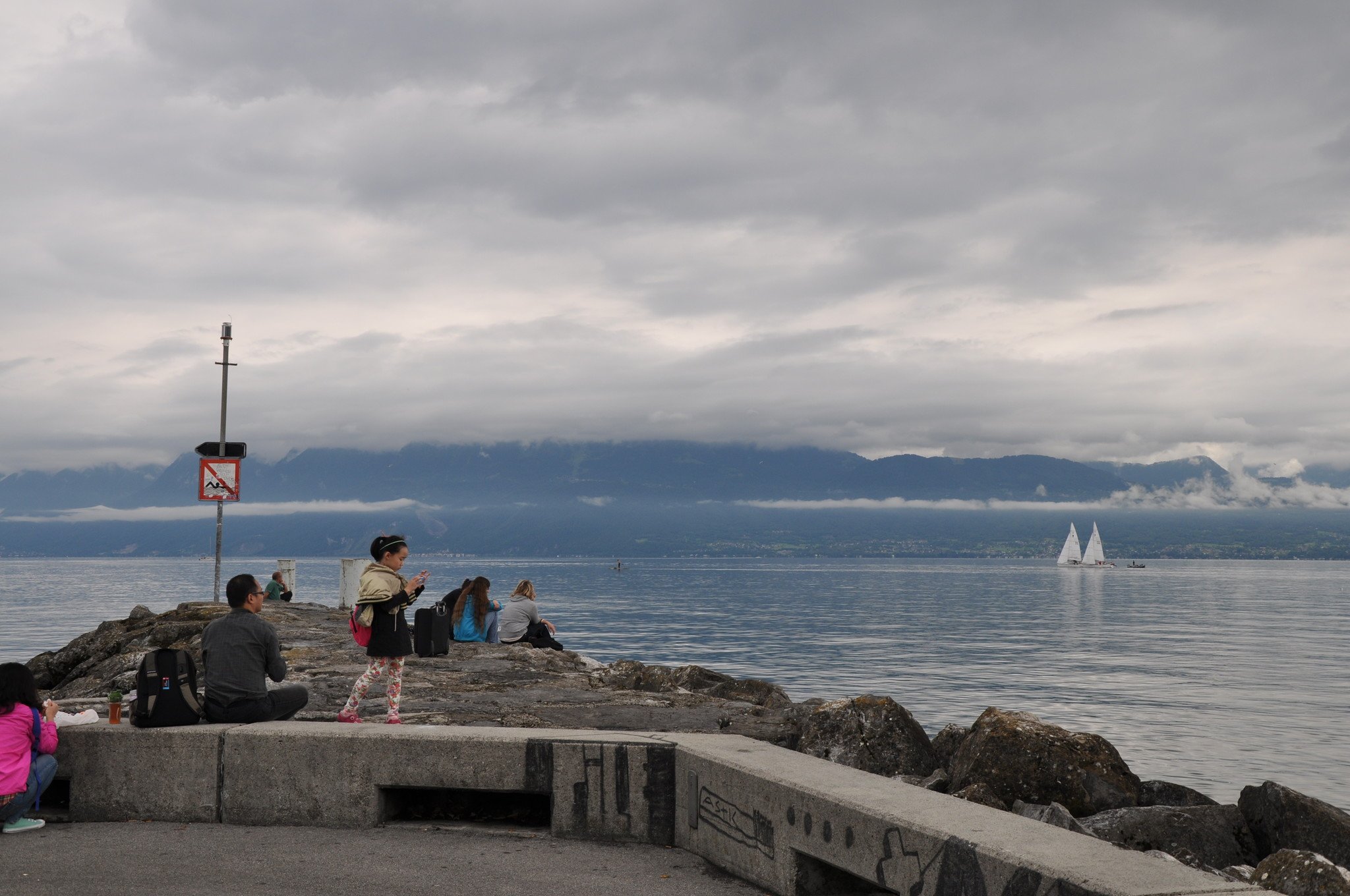
It is here that the famous Uschi Castle is located. Its history began back in 1177, when the bishop ordered the construction of a fortress. But then only the tower was built, which has survived to our time.
At the end of the 19th century, the Swiss authorities gave this landmark a new life-a modern Chateau d’Ouchy hotel was built around the tower. The 4* Chateau d’Ouchy hotel has 50 rooms, the cost of living per night is from 217 to 1140 francs, depending on the room and season.
Lausanne Olympic Museum
The embankment of Ouchy harmoniously merges into the spacious Olympic Park, which houses the Olympic Museum. These sights are of great importance not only for Lausanne, but also for the whole of Switzerland.
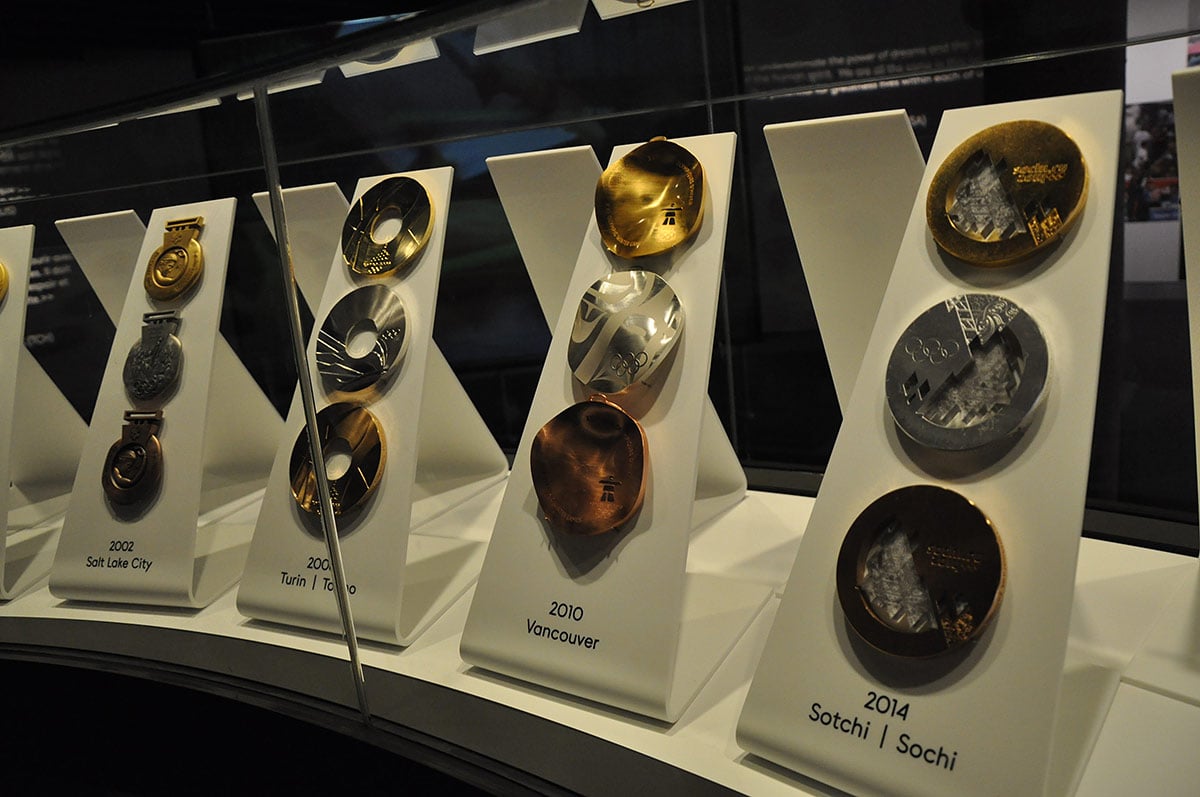
The museum was opened in 1933. The exhibits that are presented in it will be of interest mainly to those who love sports – otherwise you should not go to it. Here you can learn a lot about the history of the Olympics by reviewing the collections of awards of various sports teams and equipment of their participants, photo and film documents, torches and sports equipment. The museum has screens that show the opening and closing ceremonies of the games and the most exciting moments of the competition.
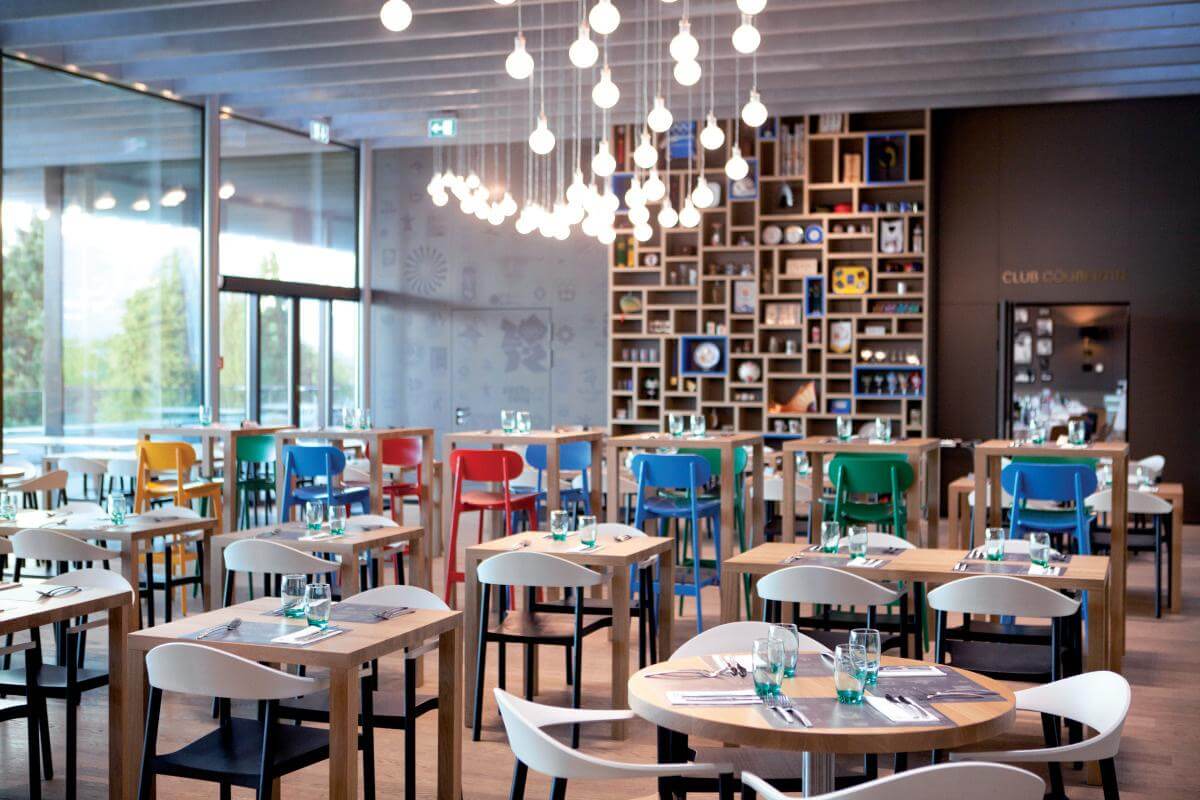
On the top floor of the museum complex, there is a small restaurant, Tom Cafe, with an outdoor terrace, where you can see the whole of Lausanne. The restaurant serves delicious food, and during the day there is a buffet, although they can also cook to order. It is better to reserve a table only after entering the museum, and after finishing the tour, you can have a delicious meal and walk around the Olympic Park.
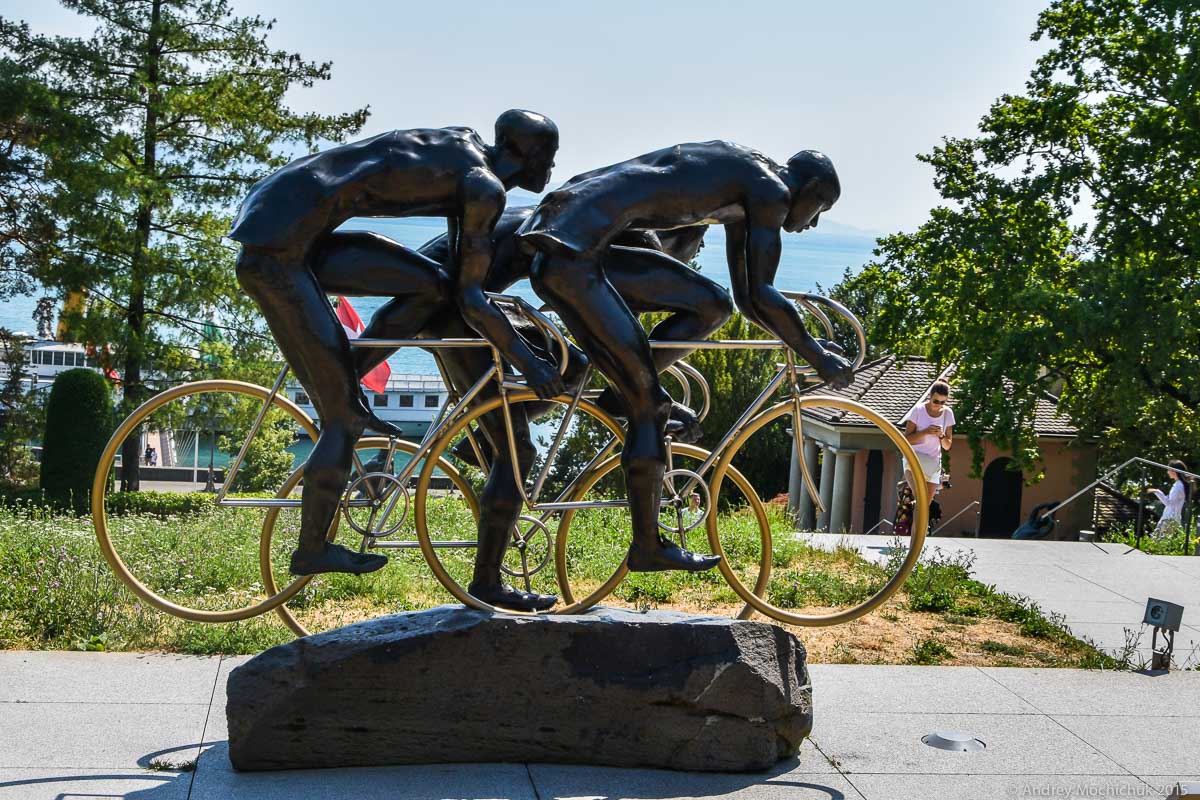
The park looks fantastic, it has a lot of different sculptures dedicated to different sports and depicting athletes. It is very interesting to walk around the park, besides, here you get chic and completely unusual photos to remember the city of Lausanne.
- The Olympic Museum is open every day from 9: 00 to 18: 00, and from October to April on Mondays off.
- Admission is free for children under 9 years of age, children’s ticket costs 14 CHF, and adults-20 CHF.
- Website: https://olympics.com/museum.
Museum-collection of Art Brut
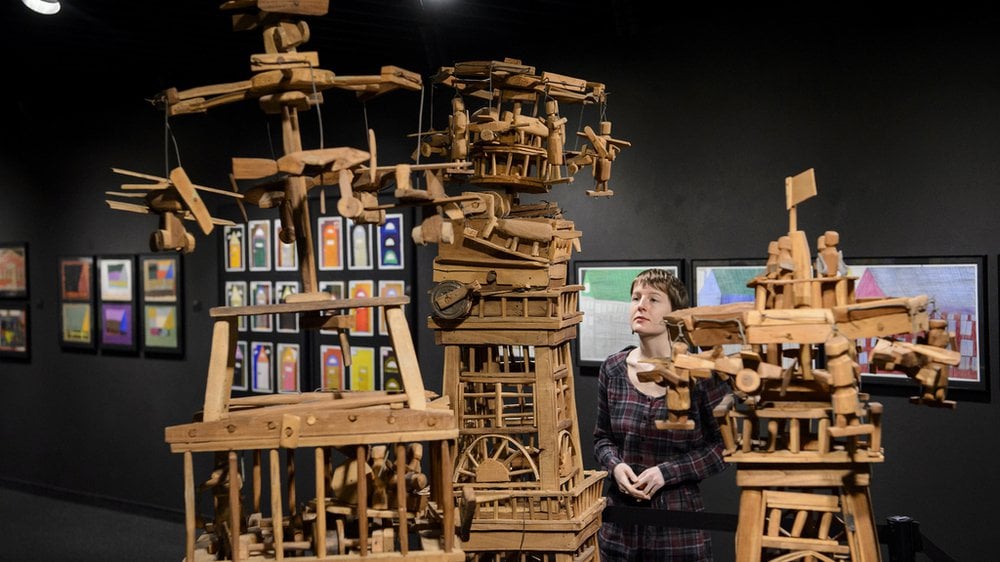
The most interesting attraction not only in Lausanne, but also throughout Switzerland is the Collection de l’art Brut museum, located at avenue Bergieres 11.
We owe the concept of Art Brut to the French artist Jean Dubuffet. Back in 1945, he created a collection of objects created by inmates of psychiatric hospitals, cellmates, originals, loners or outcasts. Thus, the concept of Art Brut is based on social characteristics and aesthetic features.
Each work is unique and original – it is a fantastic, incredible, mysterious and unpredictable manifestation of a parallel world. The building occupies 4 floors.
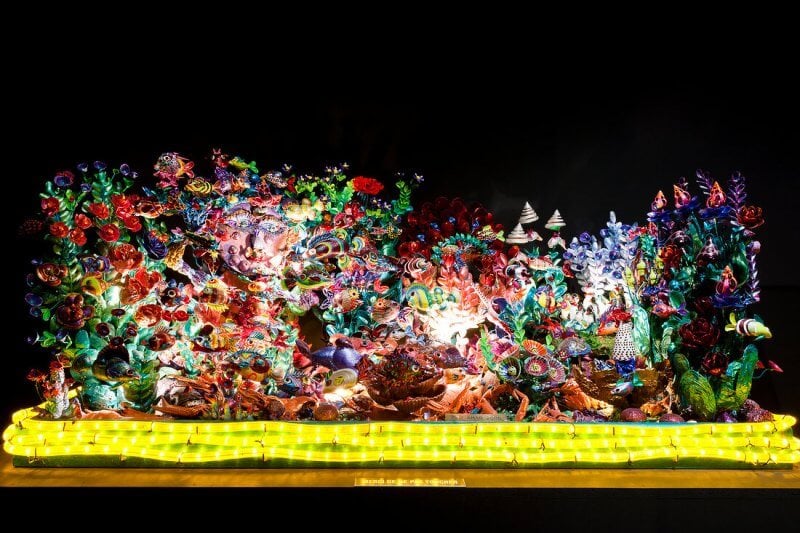
Jean Dubuffet gave the name to this type of art – art brut, which means “rough art”. In 1971, Dubuffet donated his collection to Lausanne, which prompted the city’s leadership to create a museum.
Now Art Brut has more than 4,000 works on display, and each of them is a separate attraction. Many of these exhibits have a price tag of several hundred thousand dollars.
- The museum is open daily, except Mondays, from 11: 00 to 18: 00.
- A full ticket costs 10 CHF, a reduced ticket costs 5 CHF, and children under 16 and unemployed can visit the museum for free.
- Website: www.artbrut.ch.
Rolex Learning Center EPFL
The Rolex Training Center, considered a Swiss treasure, opened in Lausanne in the winter of February 22, 2010. The building, which has an ultra-modern look-its shape is similar to a giant wave running to Lake Geneva – looks very harmonious against the background of the surrounding landscape.
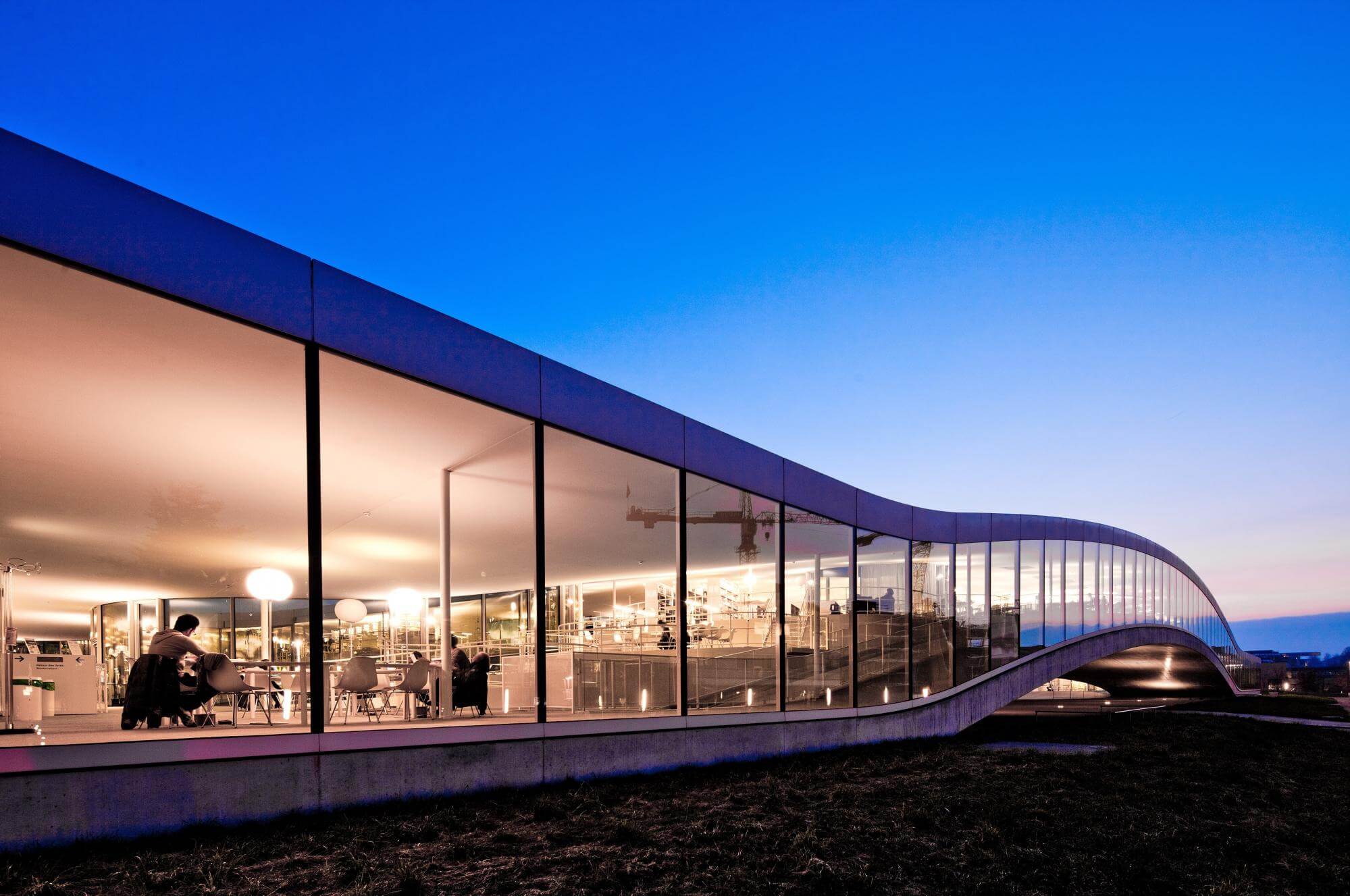
The training center has a huge conference hall, a laboratory, a multimedia library with 500,000 volumes, information centers, discussion and study areas, restaurants, cafes and beautiful open spaces.
The Rolex Learning Center is open to all visitors (students and the public) completely free of charge and is open seven days a week. The center is crowded during university exams, but at other times it is quite quiet.
Where to find a tourist attraction: École polytechnique fédérale de Lausanne, Rte Cantonale, 1015 Lausanne, Switzerland.
Sauvabelin Tower

Outside the city, 200 meters from Lake Sauvabelin, in the middle of the park, there is a very interesting tower Sauvabelin Tower. To get to this landmark in Lausanne, you need to take the number 16 bus to Lac de Sauvabelin stop, and then walk another 5 minutes on foot.
The wooden Sovabelen Tower is quite a young tourist attraction-it was built in 2003. Inside this 35-meter structure, there is a spiral staircase of 302 steps that leads to the observation deck, which has a diameter of 8 meters.
From this platform, you can admire the vast fields, the panorama of Lausanne, Lake Geneva, and the snow-covered Alps. And, of course, make beautiful photos as a souvenir of your trip to Switzerland and Lausanne.
- Entrance to Sovabelen Tower is free of charge.
- Open: Sunday and Saturday from 5: 45 to 21: 00.
Swiss steam boat tour of the lake
A steam boat ride will leave you with an unforgettable experience! First, it is a walk on Lake Geneva. Secondly, the old paddle steamer itself is very interesting, stylish, beautiful-a real attraction! Third, during the trip, you will see the most picturesque places in Switzerland: numerous well-groomed vineyards on the coastal slopes, spacious neat fields, and railways running in strips.
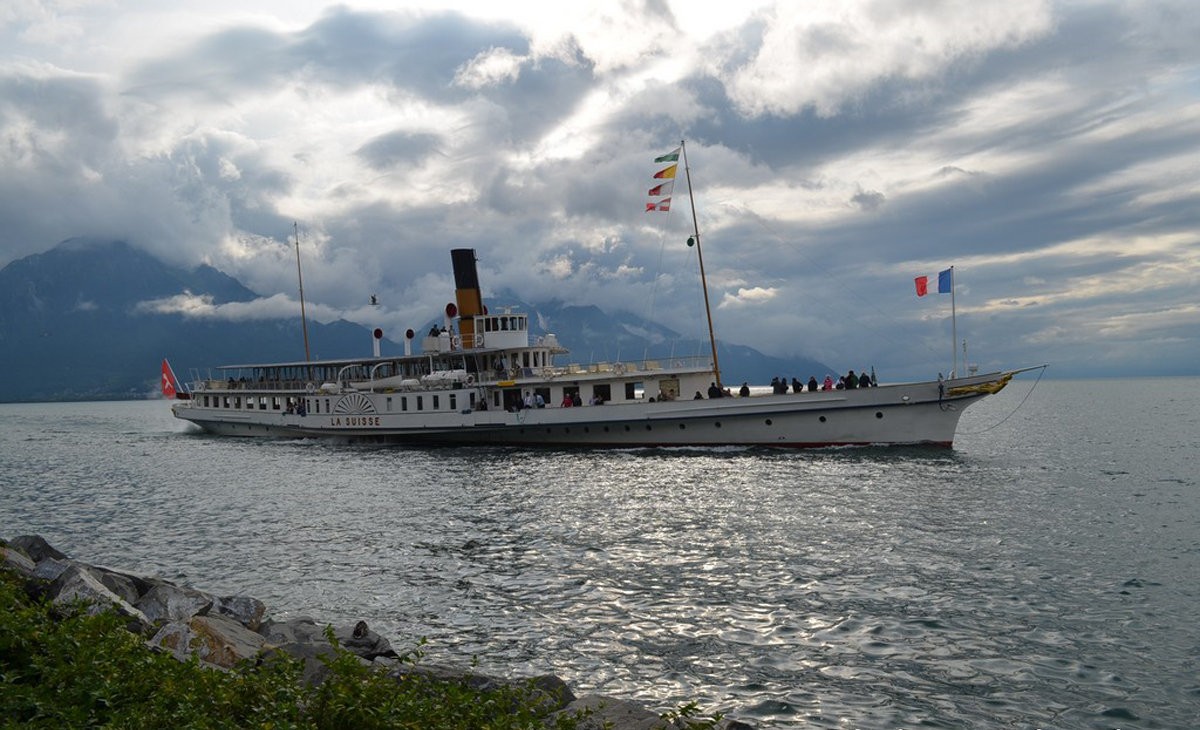
The main thing is that the weather is good, then swimming is much more pleasant.
There are many routes on the steam ship from Lausanne, for example, to the creative and festival Montreux, Chignin, Evian.
Prices for accommodation and meals

Switzerland is not a cheap country, its products are the most expensive in Europe, and its clothing is comparable or slightly more expensive than in other European countries. Knowing where Lausanne is located, you should not expect that prices in this city will be low.
Accommodation in Lausanne per day on average will cost this amount:
- hostels 1* and 2* – 55 and 110 Swiss francs, respectively,
- comfortable hotels 3* and 4* – 120 and 170 francs,
- luxury and boutique hotels – 330.
Food
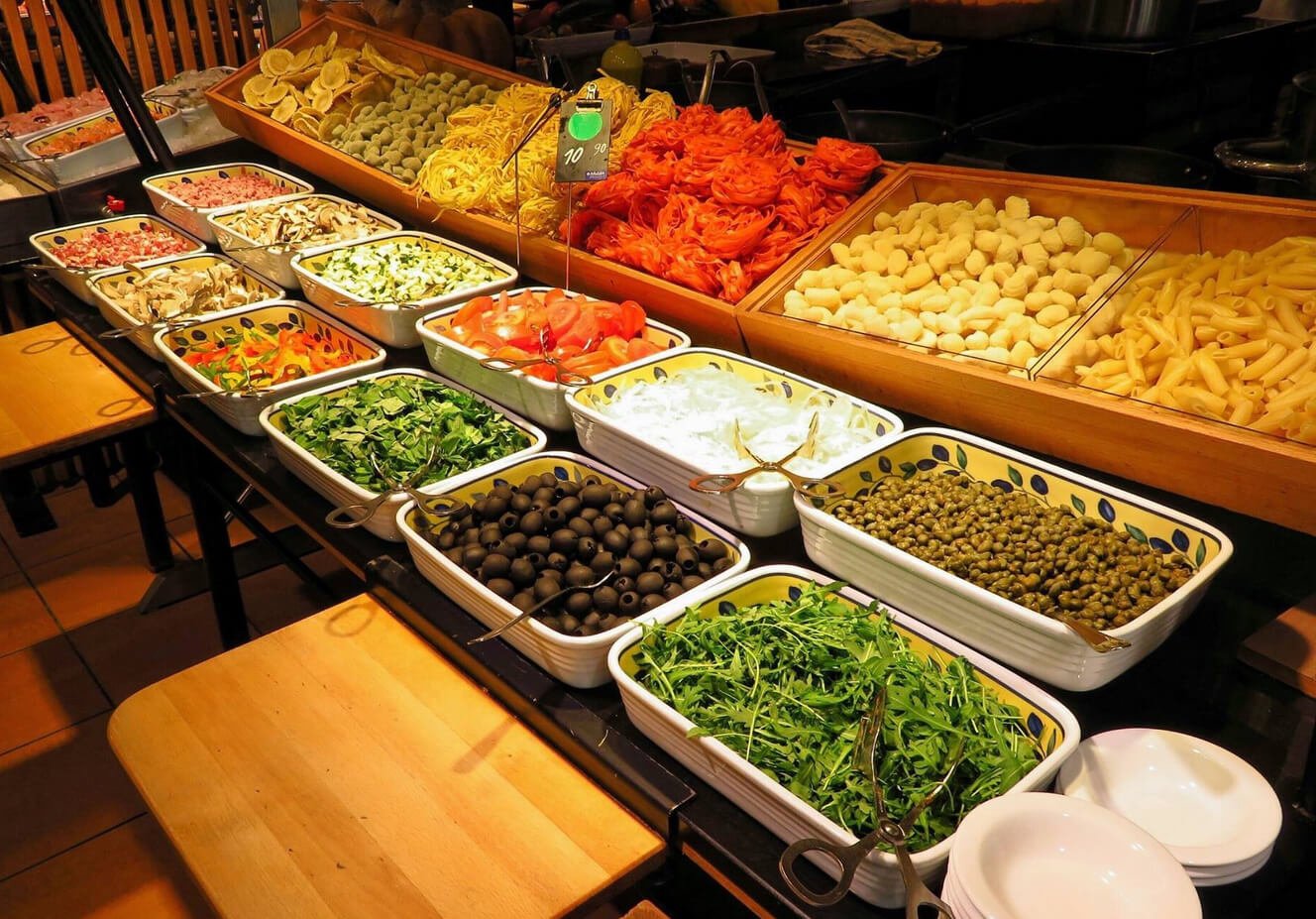
Restaurants in Swiss cities are the most expensive in continental Europe.
- In a cheap student cafeteria, a hot meal starts at 13 CHF, which is about the same price as a snack at McDonald’s and similar fast food outlets.
- In cheap restaurants, a hot dish will cost 22-27 CHF.
- Restaurants for middle-income visitors offer snacks for 12-17, and hot dishes for 30-40 CHF, for a three-course lunch for two you need to pay 110 CHF.
- There are also business lunches in Lausanne – self-service restaurants in the Restaurant Manora, COOP, Migros chains offer the lowest prices.
- For 18-20 francs, you can buy something for a quick snack at the supermarket, such as an apple, a roll, a chocolate bar and a bottle of juice.
By the way, in Switzerland tips are legally included in the bill, so waiters, taxi drivers, hairdressers can not leave them. Unless they literally “amazed” with their service.
Getting around Lausanne
The city of Lausanne is located on a rather steep slope on the shores of Lake Geneva and is characterized by a hilly landscape – because of this, it is best to move around the center on foot. But with public transport in the city, everything is in order: a convenient bus network, the metro operates from 5: 00 to 00: 30.
Metro
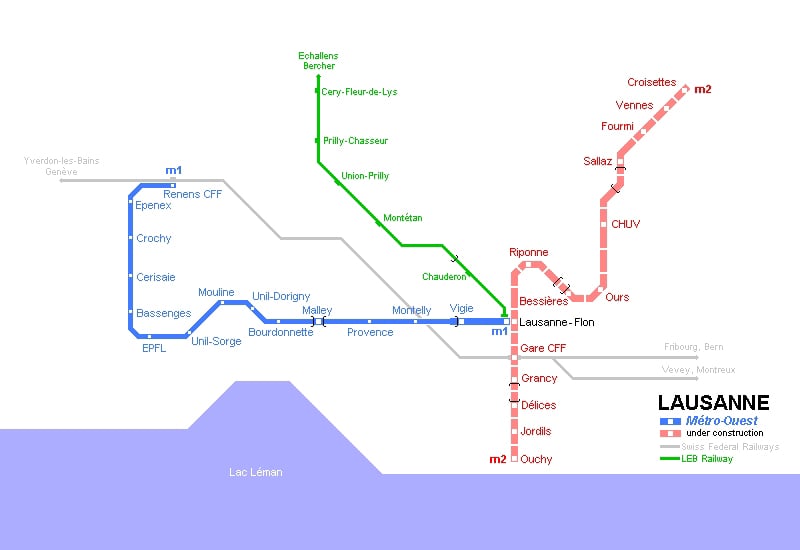
The metro in Lausanne is a basic transport, which is very rare in Switzerland. In Lausanne, there are 2 metro lines (M1 and M2) that intersect at the railway station, in the central district of Flon-this is the Lausanne Flon interchange station.
The blue M1 metro line runs mainly on the surface of the earth and looks more like a rapid tram. From Lausanne Flon, it runs west to the suburb of Renenes.
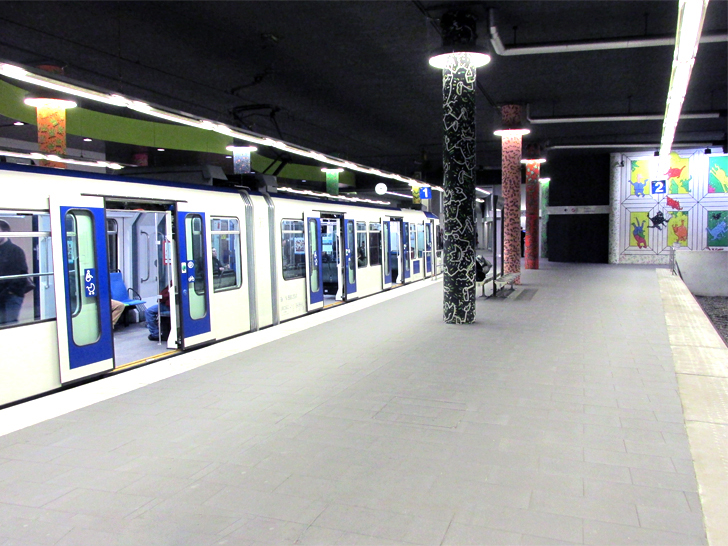
The new M2 red line stretches mostly underground, and it is the shortest fully automated metro line on the planet – it is already considered a Lausanne landmark in its own right. The M2 branch connects the north-facing suburb of Epalinges, as well as the stations of Les Croisettes and Ouchy, which are located on the waterfront of Lake Geneva, making several stops in the city and passing through the main city station.
The buses
Buses in Lausanne are fast, comfortable and neat. They form a fairly dense urban transport network: stops are located just a couple of hundred meters from each other.
Lausanne city travel tickets
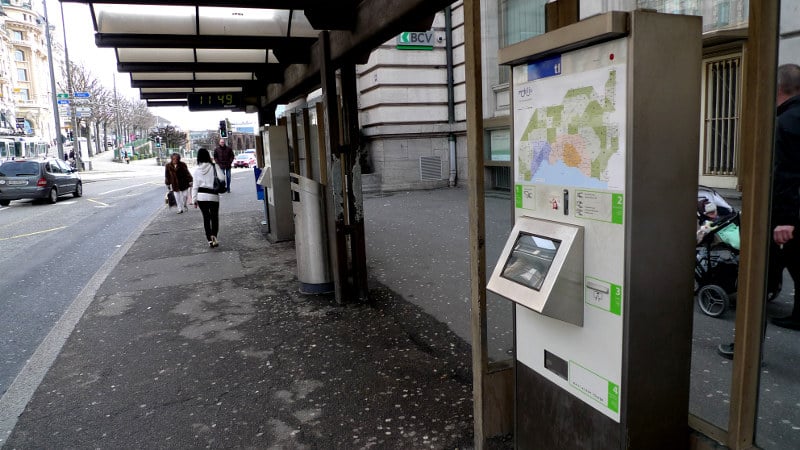
Tickets for public transport in the city are sold at special vending machines at all stops. You can pay with Swiss money, and in some vending machines you can also use credit (debit) cards. The ticket price is calculated depending on the distance, and it is determined by zones.
- A one-time ticket for travel on any public transport, valid for one hour, costs 3.7 francs. It allows travel within 2 zones, without limiting the number of transfers.
- Carte journalière-a full-day pass (valid until 5: 00 the next day) – costs more than 2 one-time tickets, but less than 3. If you are planning a sightseeing trip, and there should be more than 2 trips around Lausanne, then it is profitable to buy a full-day pass for 9.3 francs.
- Lausanne Transport Card – a personal Lausanne travel card that allows you to use any public transport (2nd class) in zones 11, 12, 15, 16, 18 and 19 without paying. This card is issued in Switzerland to hotel guests for the duration of their stay in the hotel up to and including the day of departure.
More detailed information about public transport in Lausanne, all fares, and a route map is available on the official website — t-l.ch.
Taxi
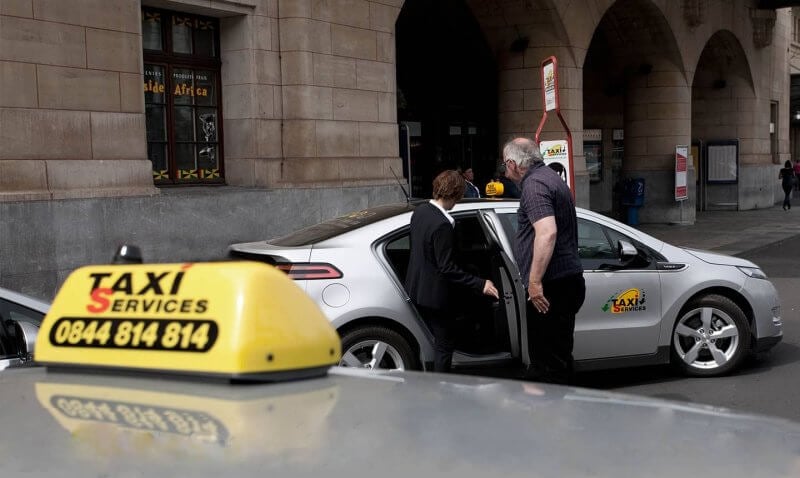
Taxi Services is the largest taxi operator in Lausanne. You can order a car to get around the city online (www.taxiservices.ch), via the mobile app or by calling 0844814814, or you can pick it up at a specialized bus stop – there are 46 of them in Lausanne.
The cost of boarding is 6.2 francs, and from 3 to 3.8 more will need to be paid for each kilometer (prices depend on when the trip is made, and on the place of travel). Please note that a surcharge of 1 franc is required for the carriage of luggage and pets. Payment can be made either in cash or by credit card.
How to get to Lausanne from Geneva
The nearest international airport to Lausanne is located in the French-speaking city of Geneva. Planes from different European cities arrive at this airport in Switzerland, and it is from here that it is most convenient and easiest to go to Lausanne.
By train
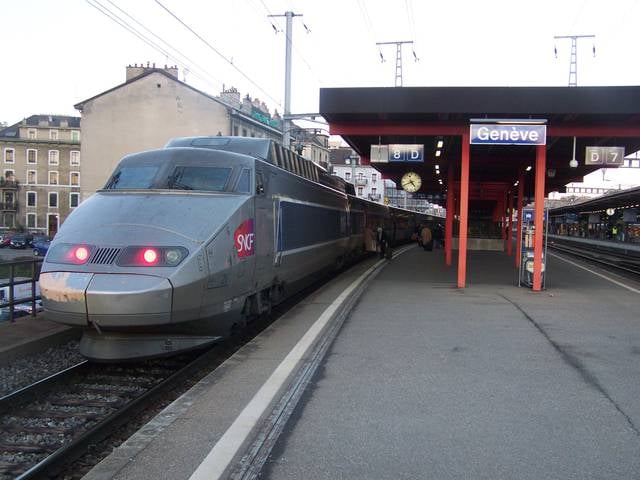
It is more convenient to get from Geneva to Lausanne by train. Right at the airport, 40-50 meters to the left of the exit from incoming flights, there is a train station. From here, from 5:10 to 00:24, trains leave for Lausanne. There are flights at 03 (or 10), 21, 33 and 51 minutes every hour – these are direct flights, and if there are transfers, there are even more of them. The journey takes 40-50 minutes. If you buy a ticket at the ticket office of the railway station, it will cost 22-27 francs, but if you buy it in advance on the website of the Swiss Railways (www.sbb.ch), it will cost less — 18-23 francs.
Please note! How convenient and profitable it is to travel by train in Switzerland is described on this page.
By car
The A1 federal road connecting Lausanne with Geneva is laid through Lausanne, and there is also the A9 road. This means that you can also use a car for the trip – the journey takes approximately an hour. You can also take a taxi from Geneva to Lausanne, which costs approximately 200 Swiss francs.
By ferry
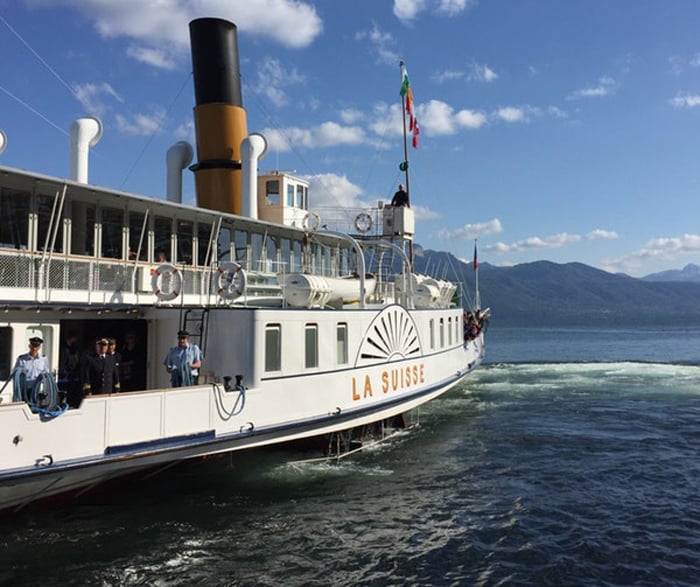
Lausanne can also be reached by ferry, via Lake Geneva. Based on how many stops there will be – and their number varies for different flights and days of the week – the ferry journey takes approximately an hour and a half. The ferry comes to the main embankment of Usha, located in the central part of the city, and hotels are easily accessible from here.
Interesting facts

- Lausanne is a well-recognized world Olympic capital, because it is in this city of Switzerland that the main office of the International Olympic Committee and many representative offices of international sports federations are located.
- 4 rivers flow through the city territory: Rielet, Vuacher, Louve and Flon. At the same time, it is interesting that the last 2 are now completely hidden in underground tunnels.
- Many residents of Lausanne travel around the city on bicycles. By the way, from April to October, you can rent a bicycle here completely free of charge for the time from 7: 30 to 21: 30. To do this, you need to provide your ID details and give a security deposit of 29 francs. However, if the bike is returned later than the specified deadline, you will still have to pay for each new day. Under these conditions, bicycles are issued at Lausanne Roule in the Flon area. By the way, it is very convenient for trips to most of the attractions of Lausanne.
- CGN, the main carrier on Lake Geneva, organizes not only private flights, but also flights with special entertainment programs. Lausanne often hosts sightseeing tours, jazz dinners, fondue cruises, and the like.
- Lausanne (Switzerland) is known for the fact that such personalities as Victor Hugo, George Byron, Wolfgang Mozart, Thomas Eliot, Igor Stravinsky spent a long period of their lives here.
Top Attractions in Bern: The Must-See Sites of Switzerland’s Capital

